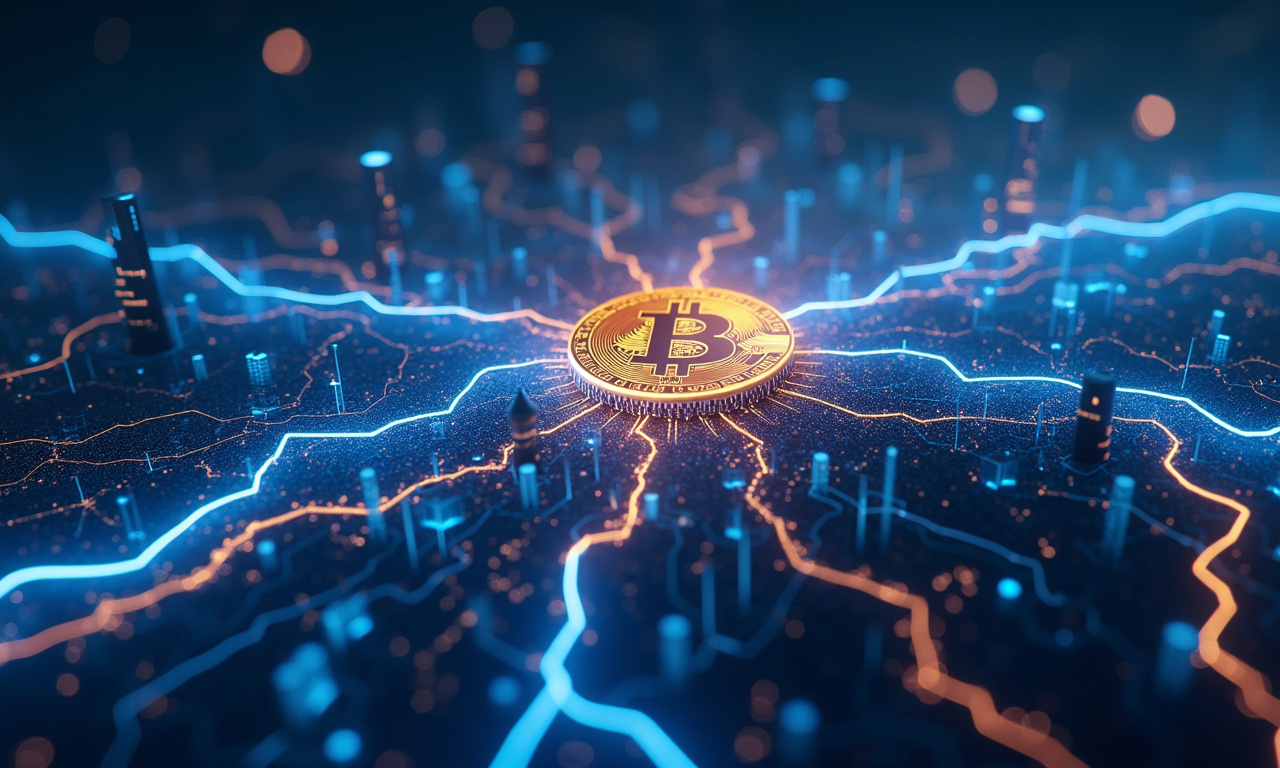Solana's new Seeker phone is here, Murakami's dropped another NFT collection, and South Korea wants to be the next crypto haven. Sounds like progress, right? Innovation! Democratization! What if all this “progress” is indeed just building the road to artistic hell. What if we’re conflating accessibility with quality, and volume with value.
Art For Everyone, Art For No One?
Takashi Murakami, an artist I used to admire, has gone a different direction. He’s currently releasing NFT card packs titled “108 Flowers Revised” on Coinbase’s Base network. No limit on prints obtained, each pack of five costs less than pocket change. It feels like he’s operating a digital gachapon machine. Now, I get it. He's adapting. He's reaching a wider audience. But at what cost? Is this really art, or is it just a digital trading card game pretending to be art?
Think about it. Art used to be scarce. It required action, reflection, and indeed, a little bit of monetary sacrifice. Maybe you saved up to purchase an original print, or you went to a museum and stood dazzled before a masterwork of painting. The process of seeking the work was part of the experience. The exclusivity of the work only added to its perceived value. Now? Everyone's a crypto artist. Everyone can mint an NFT. My cat could likely mint an NFT if I provided him with enough catnip and a stylus.
Next up is Solana’s Seeker phone, the successor to Saga. More on-chain features, deeper blockchain integration… So what? It’s effectively a dongle-less version of their crypto wallet, in phone form. Solana’s goal is to get NFTs into everyone’s pocket. They want to simplify the process of buying and selling digital assets to the point where it is as easy as checking your email.
Solana's Seeker: Enabling the Avalanche?
Is this really what art needs? More frictionless transactions? More ways to speculate on JPEGs? I'm not convinced. In doing so, we’re creating a booming new system that feels tailor-made for pumping and dumping digital trinkets. It’s not really about encouraging true artistic creativity. The phone may be a more efficient tool, but what is the impact on the art? Is that more efficient too?
It’s akin to distributing a printing press to all Americans and hoping that all of them end up writing the next great American novel.
You can make the counterpoint that this process of democratization with the tools is liberating artists, allowing them to go directly to their audience. That's partially true. This results in a tsunami of awful sameness. Consequently, truly gifted artists find it harder to compete than ever. The signal-to-noise ratio is plummeting.
South Korea’s digital asset policy framework is another solvent in that puzzling mix. This is in part, they say, because they want to be a global leader in the transformation of digital economies. Great. More regulation, more investment, more "innovation." What’s valuable is now largely up to the algorithms.
Death of the Curator, Rise of the Algorithm?
Increasingly, it's algorithms. Algorithms that promote engagement, virality, and hype above artistic merit. We're trading human judgment for lines of code, and I fear we're heading towards a future where art is nothing more than a collection of data points, optimized for maximum profitability.
It's competent, even aesthetically pleasing. Does it mean anything? Does it have a soul? No. It is not the anthropogenic world, as one might think. It’s a complex collection of pixels placed according to a statistical model. And that, dear reader, is the way of the future.
I'm not saying NFTs are inherently evil. I'm not saying technology is inherently bad. What I’m arguing is that we need to err on the side of caution. We need to be critical. We need to ask ourselves: what are we really valuing? Are we valuing art, or are we valuing speculation at best and money laundering at worst. Are we valuing creativity, or are we valuing novelty. In our practice, are we valuing what lasts or are we valuing what shines?
Here's the harsh truth: We're in danger of mistaking scarcity for value, and accessibility for quality. The Seeker phone, Murakami's NFTs, and South Korea's digital ambitions might be ushering in a new era of digital art. But perhaps it’s the death knell for art as we’ve known it.
I am neither a financial advisor nor an art critic, just a concerned observer with a healthy dose of skepticism. Crypto is risky. Art is subjective. Think for yourself.
Disclaimer: I am neither a financial advisor nor an art critic, just a concerned observer with a healthy dose of skepticism. Crypto is risky. Art is subjective. Think for yourself.




